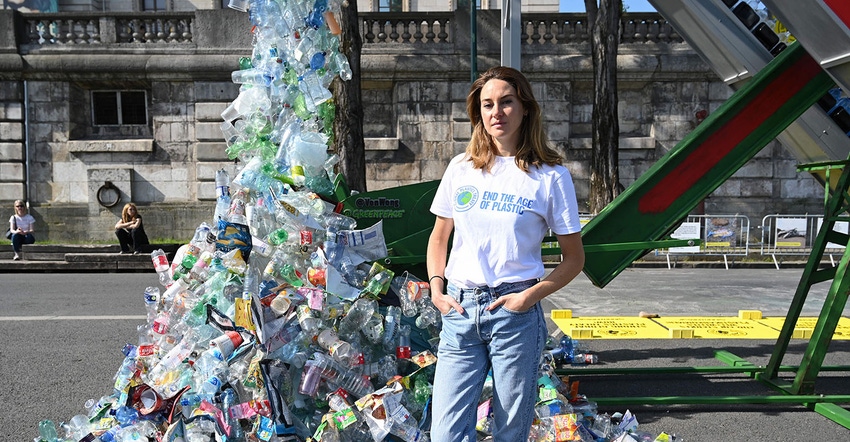'Zero Draft’ for Global Plastics Treaty Released
Document outlines options for combating plastic pollution and reducing plastic production during forthcoming negotiations in Nairobi.
September 5, 2023

The next step in the United Nations–led process toward a global plastics treaty has emerged in the form of a “zero draft” version released Monday. It will be negotiated at the third Intergovernmental Negotiating Committee (INC-3) in Nairobi in November.
Amid many placeholders and options for different languages, the document offers avenues for reducing plastic production, eliminating polymers and “chemicals of concern,” eliminating short-lived and “avoidable” plastics, and creating targets and systems for plastics reduction and reuse.
Primary objectives
“At its second session, the intergovernmental negotiating committee to develop an international legally binding instrument on plastic pollution, including in the marine environment, requested the Chair, with the support of the secretariat, to prepare a Zero Draft of the international legally binding instrument called for by UNEA resolution 5/14, for consideration at its third session,” according to the document released Sept. 4 by the United Nations Environment Programme. “The draft would be guided by the views expressed at the committee’s first and second sessions. The full range of views could be indicated in the draft text through options.”
In Part 1 of the zero draft, for instance, two primary options are listed under the “Objective” heading:
Option 1: The objective of this instrument is to end plastic pollution, including in the marine environment, and to protect human health and the environment.
Option 2 (with four sub-options): The objective of this instrument is to protect human health and the environment from plastic pollution, including in the marine environment, [.]
Option 2 sub-options that may be considered pertinent for the end of the paragraph:
1.1 by ending plastic pollution.
1.2 based on a comprehensive approach that addresses the full life cycle of plastic.
1.3 through the prevention, progressive reduction, and elimination of plastic pollution throughout the life cycle of plastic by 2040.
1.4 through, inter alia, managing both the utilization of plastics and plastic waste, while contributing to the achievement of sustainable development].
However, the environmental watchdog group Break Free From Plastic cautioned, “Potentially problematic and ambiguous provisions include text on recycled plastic content, extended producer responsibility, and waste management. Without ambitious standards, these areas could misplace the emphasis on recycling and waste management measures, undermining the treaty's effectiveness.”
As noted by Von Hernandez, the group’s global coordinator: “The zero draft provides a good basis for the upcoming negotiations at INC-3. But as always, the devil will be in the details, specifically with regard to plastic production reduction targets and the criteria that will need to be agreed upon to reduce and eliminate problematic polymers, plastic products, and chemicals of concern.
An affliction named plastics
“The work of the negotiating parties is cut out for them. The choices that member states make and the operative verbiage that they select will be the mirror that gets held up to their ambitions. It is these decisions that will determine if we will be getting a strong effective treaty. We look forward to seeing how the zero draft will aid the negotiations because it is high time that we ensure environmental justice and protect our climate, biodiversity, human health, and human rights from the affliction caused by plastics.”
At INC-2, parties to the negotiation process offered distinctly varying perspectives on how — and how much — to regulate plastics usage and production.
The United States, for instance, seeks to leave regulation largely up to individual nations. Meanwhile, China has urged that “the international community should take necessary measures to reduce the leakage of plastic waste to the environment, with the aim to protect human health and the environment from (the) adverse impact of plastic pollution. … Therefore, when formulating the objective of the instrument, the significant role and contribution of plastics to human society and economy should not be neglected, and plastics should be put in the whole socio-economic system to consider the synergy between economy, society, and environment. The instrument should aim at jointly building a sustainable future.”
INC-3, to be held Nov. 13 to 19, 2023, will be the third of five sessions by the Intergovernmental Negotiating Committee to address plastic pollution. The last scheduled meeting is to be held in December 2024, with a nonbinding deadline to create an enforceable treaty by 2025.
About the Author(s)
You May Also Like


